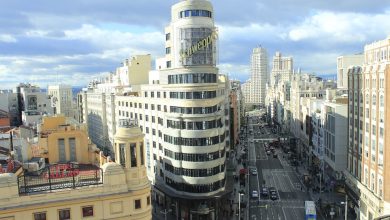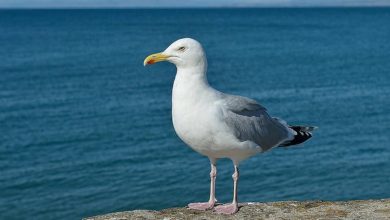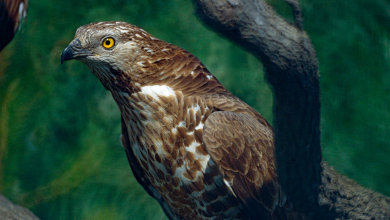Birds Without Borders: The Great Avian Migration Between Europe And Africa

Millions of birds migrate across Europe every year, from North to South and East to West, crossing borders and countries. Their migration comes to the delight of birdwatchers all over the European continent and beyond.
A journey that begins in Austria, then traverses the length of former Yugoslavia: Slovenia, then Croatia, Bosnia and Montenegro, over 500km of journey in total. It’s not a nostalgia trip through the Balkans, but the beginning of a very long flight, undertaken by black storks twice every year. The journey then progresses southward over Albania and Greece, crossing the Mediterranean. A brief stop in Cyrenaica preceeds the daring flight over the Sahara desert, finally reaching the storks’ destination: Chad.

These birds breed in continental Europe: Germany, Austria, Czechia and Poland. They also push further East: the Baltics, Belarus, Ukraine and Russia are all common breeding grounds for black storks. At the onset of summer, the storks begin their long journey towards the South, flying over the Balkans as mentioned, but also Italy, the Bosphorus and the Caucasus. Their southward migration will keep them from freezing during the harsh winters of continental Europe.
There’s also a westward route: sometimes storks opt for a flight over France and the Pyrenees, reaching Spain. Carrying on towards Africa is a possibility, but some storks find Southern Spain to be more than sufficiently warm, and settle there for a cozy winter, alongside British expats tired of rainy days.
Article by Matteo Bonvicini





